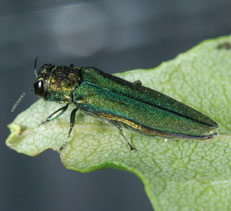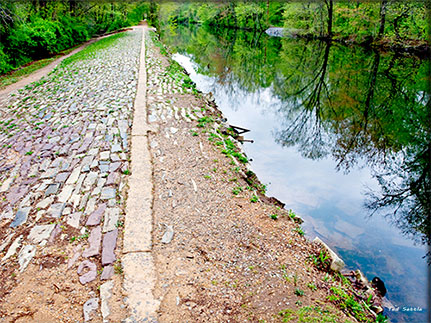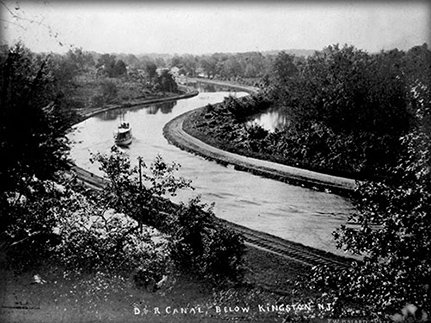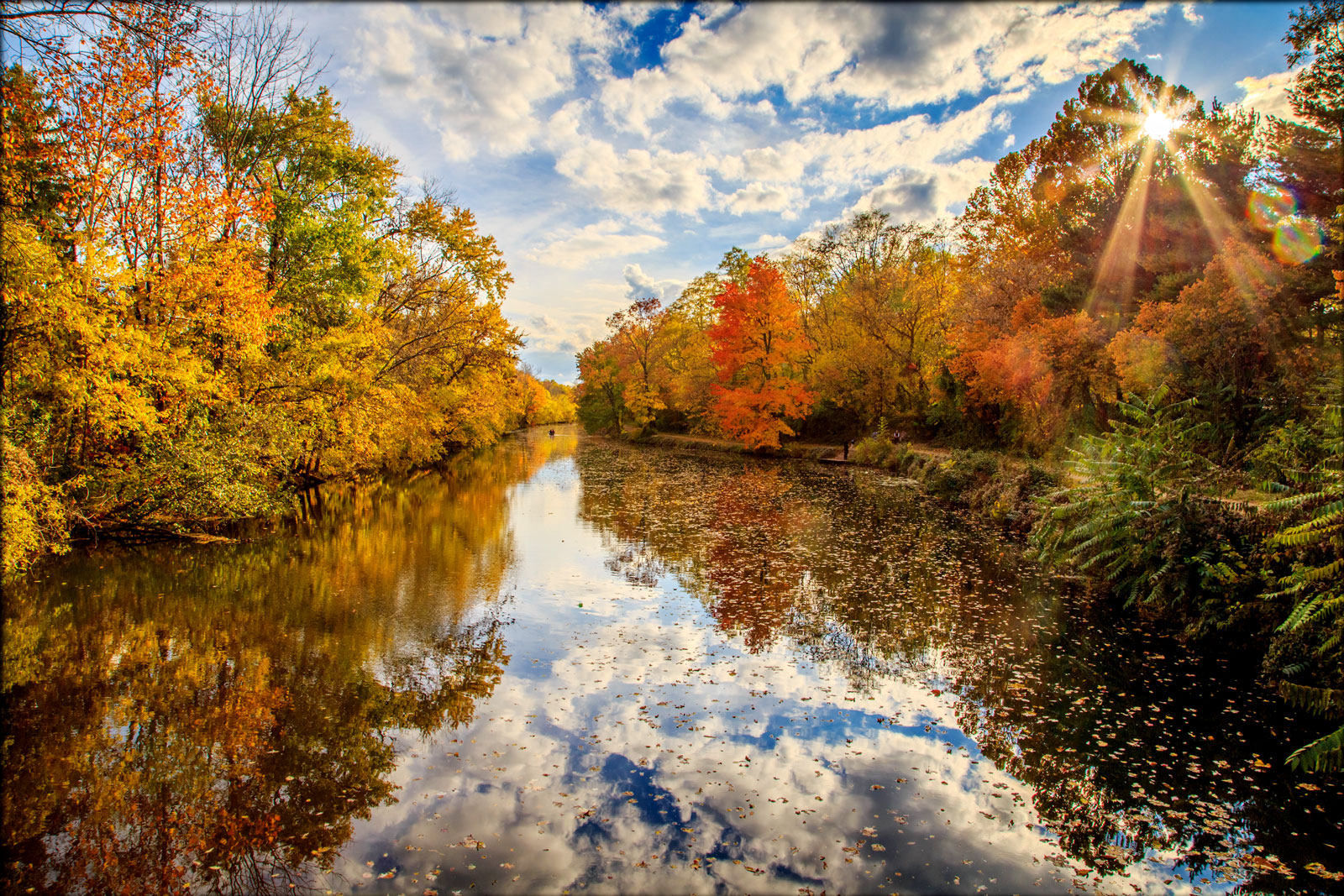LAMBERTVILLE UPDATE: ASH & AILANTHUS TREE REMOVAL

ADVISORY - SEPTEMBER 4, 2020 (updated October 28, 2020):
Why do trees along the towpath have orange markers?
Project Work Dates: Nov 9, 2020 - Nov 20, 2020
Why are ailanthus trees being removed?
Why are ash trees being removed?
Why do these pests spread in D&R?
What is the timeline?
Tree removal and ailanthus stump treatment will begin in the Fall of 2020.
More information:
The park service has marked ailanthus and ash trees along the D&R Canal State Park towpath in the City of Lambertville (Eastern side of Canal) for removal.
Ailanthus altissima (tree of heaven), is an invasive non-native species which outcompetes New Jersey’s native species. It is also a species is known for attracting the invasive non-native insect the spotted lanternfly. The spotted lanternfly feeds on over 70 different plant species, including fruit trees, ornamental trees, vegetables, herbs and vines. The pest poses a threat to the health of New Jersey's agriculture and forests.
Ash trees have been impacted by the emerald ash borer, an invasive non-native beetle that has killed hundreds of millions of trees in North America. Once an ash tree is infested with emerald ash borer, the beetle kills the tree within three to four years, and 99% of the ash trees die after initial infestation. Ash die from the top down and rapidly become brittle, and potentially risk dropping large branches and tree tops. The brittleness of the infested trees poses a safety concern for park patrons in heavily-used areas. The removal of EAB-infested Ash trees throughout the park, including the City of Lambertville, has been specifically authorized by the Delaware and Raritan Canal Commission (DRCC #16-4938), which was granted a certificate of approval on February 15, 2017 which remains valid until 2022.
Delaware and Raritan Canal State Park is 70-miles long and wooded which helps the invasive insects easily spread throughout the park and to adjacent areas.










